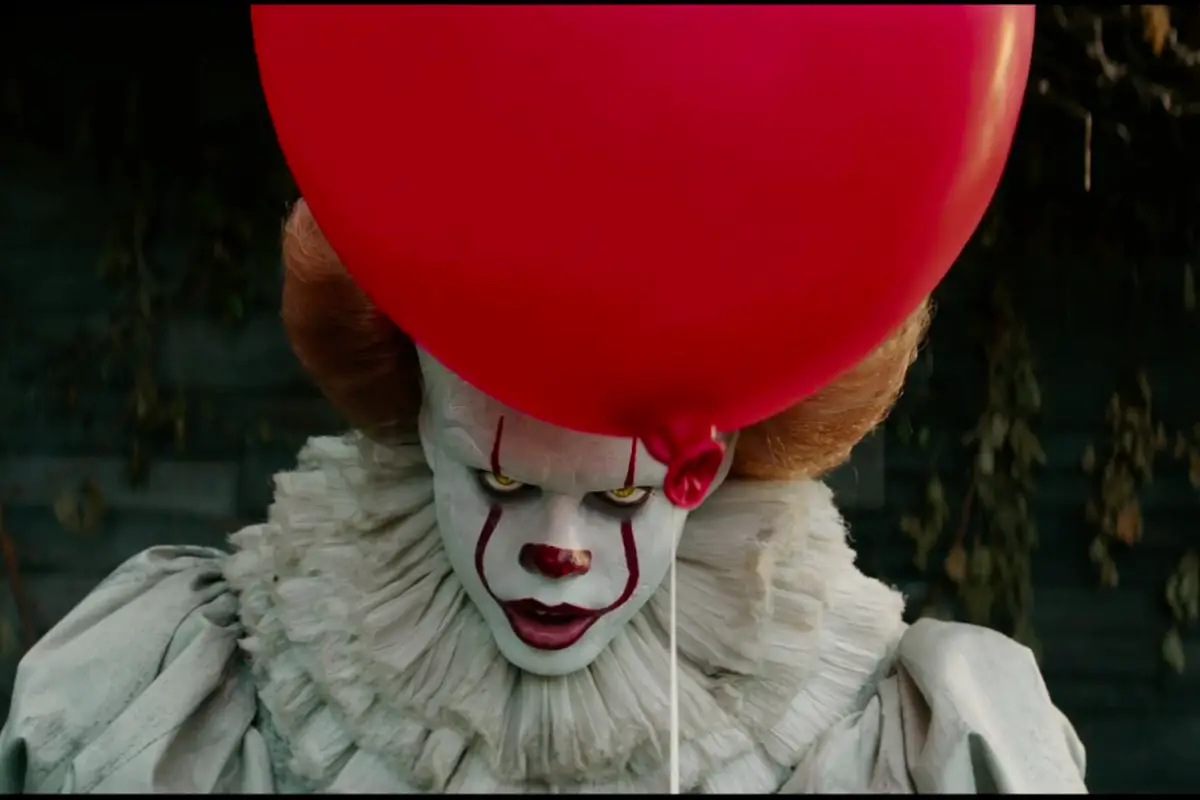Stephen King is among America’s most celebrated fiction writers, having penned such acclaimed classics as “The Shining,” “Carrie,” “It,” “Children of the Corn” and “Misery.” Ever since his first published work, the short story “The Glass Floor,” King’s bizarre, horrific and fantastical books have been a staple in the world of fiction, and modern internet culture has only helped propagate “the Stephen King fever.”
Of course, many do not solely know King from his books; present, yet less common, are adaptions of his work. From the silver screen to TV, King’s work has seen translation to visual mediums ever since the 1976 release of “Carrie” in theaters, and while many of these adaptions are praised as among the greatest films ever made, others’ receptions have been varied, ranging from ambivalence to outright excoriation. What caused these adaptions to earn such a response, and how has King managed to recover to the extent that even as we move into 2019, countless fans continue to look forward to more?
“Maximum Overdrive” is regarded by most to be among King’s worst works, at least on screen, and it is also accurate to attribute this film to King himself, as he personally wrote and directed it. The story about machines coming to life as homicidal terrors did not meet the expectations of viewers, who nominated it for two Razzie Awards.
The performances by the actors, plot inconsistencies and general lack of terror fostered by the villainous trucks left many unimpressed. King, despite advertisements that featured him confidently stating he would “do Stephen King right,” admitted that inexperience (and drugs) contributed to a less-than-perfect product. While this film, along with a few other adaptions from King, left a bad taste in fans’ mouths, it was not reflective of his directing and screenwriting abilities as a whole.
Another piece that King himself had a hand in was the 1997 miniseries “The Shining.” While the 1980 adaption by Stanley Kubrick is far better remembered in the public consciousness for the late director’s stunningly creepy visual style, King was discontented with it and found it to fundamentally lack much of the novel’s subtext.
The character of Jack Torrance, for instance, is portrayed in the novel (and miniseries) as a sympathetic victim of alcoholism, slowly declining in sanity while at the hotel. When Jack Nicholson portrayed the character in Kubrick’s version, King characterized him as being insane from the outset. This series, despite being shadowed by its older counterpart, received praise for its complex and suspenseful construction. Though by no means a first for him, King’s ability to convert his books to film was highlighted here more than with other works.
One of the most well-known adaptions of King’s works was the 1990 miniseries adaption of “It.” Fans and critics were split on how to react when the series was released, with many criticizing and praising specific elements. Many considered Tim Curry’s performance as Pennywise the clown the highlight of the series, on account of the charisma and fear he presents on camera.
That said, the effects were considered subpar even for the time, and King himself said that he appreciated the series on account of what it was able to do with a book as long as “It,” believing that the story would become muddled as elements were cut. Despite the relative uncertainty, the series has made a lasting impact on many, with nostalgia for the project having resurfaced in 2017 with the release of the latest iteration of “It,” this time in theaters.
While there is something of a distinction between King adaptions of the 1990s and the 2010s, there was never a significant shortage of them. Nearly every year for the past four decades has seen at least one King adaption produced and released. Despite this, “Stephen King” as a genre, or what may be branded today as a “Stephen King Cinematic Universe,” did not materialize until recently.
The most significant reason this renaissance of King’s work has arrived would have to be 2017’s “It”: not just the film itself, but everything that accompanied its release. The marketing, the nostalgia, the trailers and the memetic nature of the internet all led to a public saturation of “It.” Videos featuring pranks based on the film, reactions to the trailers and explorations into the lore of “It” served to draw more and more attention in a span of time much shorter than the 1980s – 1990s period of his books’ adaptions.
Now, King can be found in a number of places, with streaming services like Hulu and Netflix home to many more recent adaptions, including “11.22.63,” “1922” and “Gerald’s Game,” all of which were similarly enjoyed and praised by viewers in 2016 and 2017. This year will be an exciting time for fans as well, with “Pet Sematary,” “It: Chapter 2” and “The Shining” sequel “Doctor Sleep” being among 2019’s theatrical releases. As their release dates near, it is likely the nostalgia they evoke will again amplify public awareness.
Internet culture, specifically late-2010s internet culture, has certainly been a driving force in relaunching King as a prominent figure in the entertainment world. Yet it is important not to forget that King is a master of his craft, and while he has had innumerable successes and failures, he has always managed to retain the respect of his readers.
He is a dynamic writer, able not only to write incredible sci-fi and horror, but deeply moving works that can leave fans forgetting they are only reading or watching his creations. The future looks to have only praise for his novels, but even if a failure manages to derail the whole thing, the pendulum will eventually swing back.
















